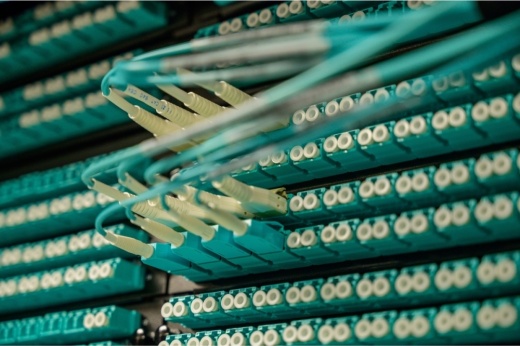“We were approached about a year ago by SiFi Networks, with an offer that sounded almost too good to be true,” said Steve Budney, director of information technology, data and security for Sugar Land.
SiFi is the second fiber-optic-based telecommunications company to promise infrastructure build-outs in Sugar Land in recent years, as Kinetic announced in October 2021 it planned to bring fiber-optic lines to 90% of Sugar Land’s homes and businesses.
Similarly, SiFi Networks has promised to build 900 miles of high-speed, fiber-optic internet over 30 years to all homes and businesses in the city. In addition, residents could have access to fiber-optic lines within a year if Sugar Land gives SiFi Networks the green light to move forward with construction.
SiFi Networks CEO Scott Bradshaw said at the Jan. 24 meeting his company will use “micro-trenching,” the practice of digging deep but narrow trenches along rights-of-way, to accelerate build-out time and keep installation nonintrusive. In instances where the company must connect lines under concrete, the company plans to bore holes and feed the lines through.
“This will rain havoc on our trees in Sugar Land,” City Council Member William Ferguson told Bradshaw at the meeting.
No action was taken at the Jan. 24 meeting. The City Council did not say when or if the initiative would be brought back before City Council. If greenlit, Bradshaw said construction could begin after approximately 12 months.
Understanding a fiber-optic line
Fiber-optic internet is a high-speed alternative to broadband. Broadband internet consists of a dedicated, coaxial line that runs to the consumer’s home. Unlike dial-up, which uses the same wire as the consumer’s phone line, broadband uses a dedicated line to provide internet access to a household, which is then transmitted over Wi-Fi or directly via an ethernet cable, according to internet service provider CenturyLink.
CenturyLink explains fiber-optic lines run from a major cable to the consumer’s household. While broadband uses copper lines to transmit data, fiber-optic lines use light, which dramatically increases the volume and speed of data transmitted.
Bradshaw likened the creation of fiber-optic infrastructure to laying down a highway. SiFi Networks plans to create the infrastructure and then sell the available internet wholesale to internet providers on an open-access basis, much like building a toll road and selling specific lanes to companies that can then charge their own toll to drivers.
Open-access means any internet service provider, or ISP, can buy into the line without discrimination. Bradshaw said this means there is more competition for consumers and potentially better deals for SiFi Networks to turn a profit.





